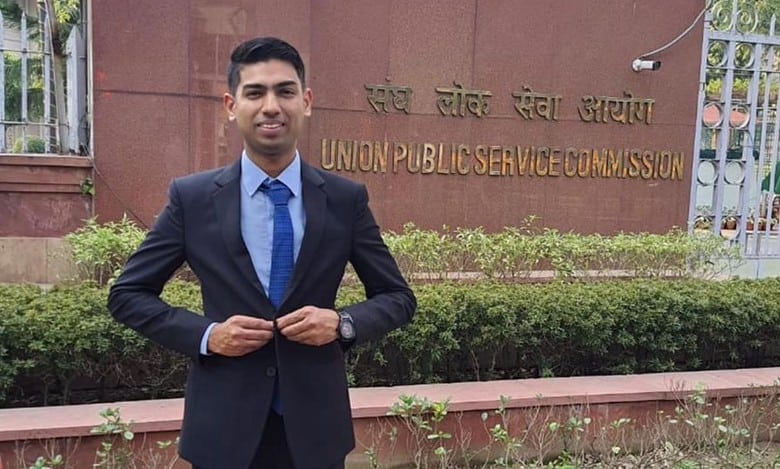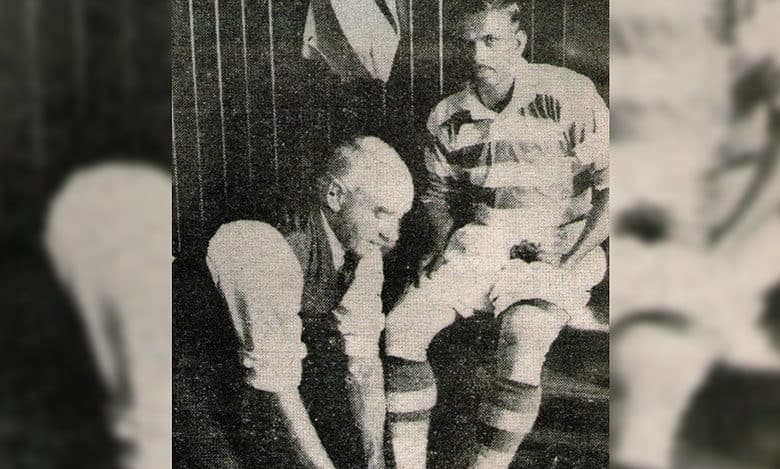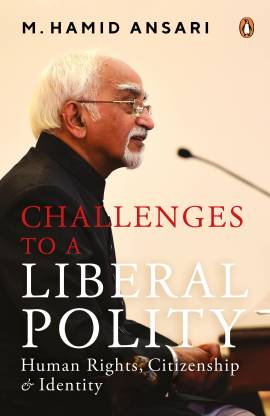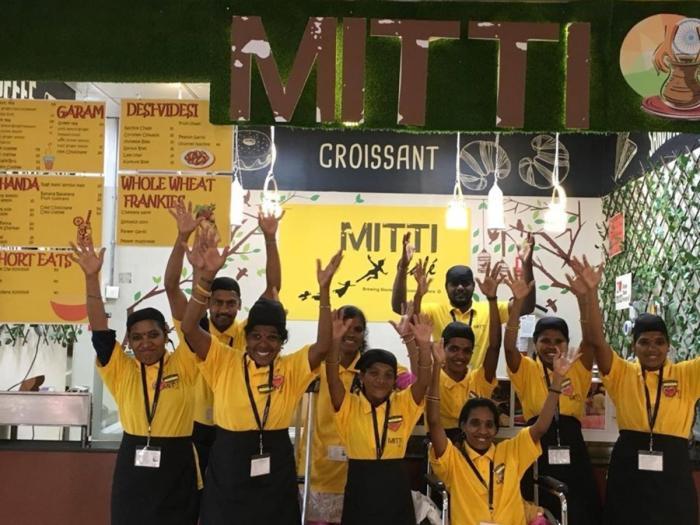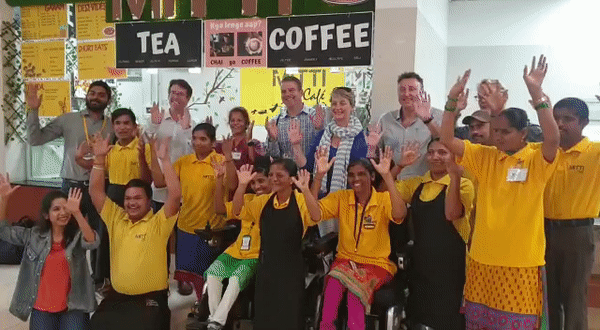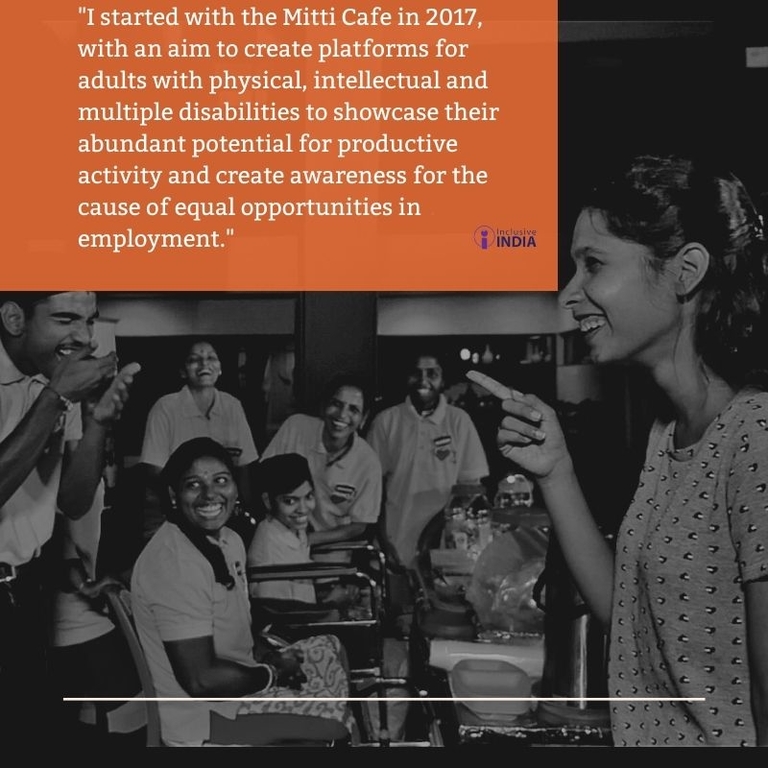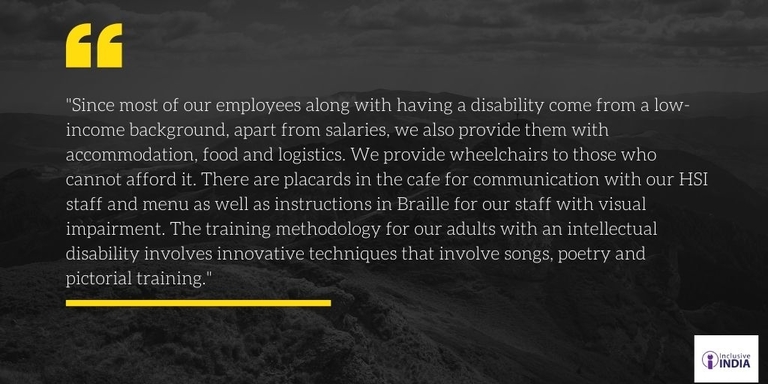Kolkata, WEST BENGAL :
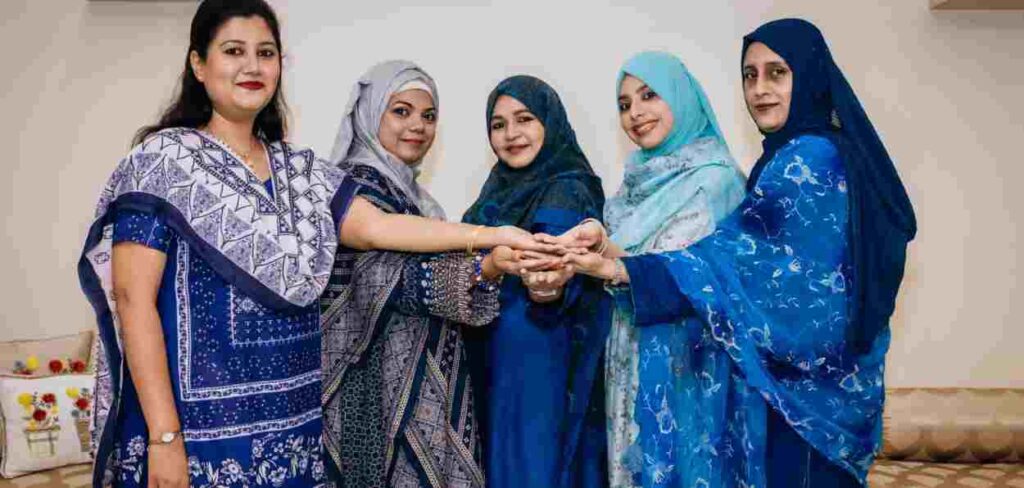
“Empower the men to empower the economically empowered women,” jokes Rukhshi Kadiri Elias, an articulate lady with her mellow voice igniting the conversation. She is the founder of Taajira – (The Businesswoman), a massive network of entrepreneurial women creating a revolution, not only in Kolkata but in other places bringing two different kinds of women together, to work together and empower each other.
Warm eyes, glowing skin with her royal demeanour, and her energy kindles hearts, which is probably why she was able to garner a massive community of thousands of women that all started in 2019.
Born and brought up in a caring home, Rukhshi helped her father with his business, looked after his office in his absence attended to his phone calls, and set up his appointments. At that time she was in the college. During her school and college days, she always stood up for friends.
Good at maintaining humans relationships, she remains in touch with her schoolmates at the Loreto School in Bowbazar and today 35 of her childhood friends are joined in by a WhatsApp Group.
Since 1974, the friends have encouraged each other, and met each other’s emotional needs, and financial difficulties, where some were going through midlife crises. Rukhshi made a special effort to initiate these get-togethers.
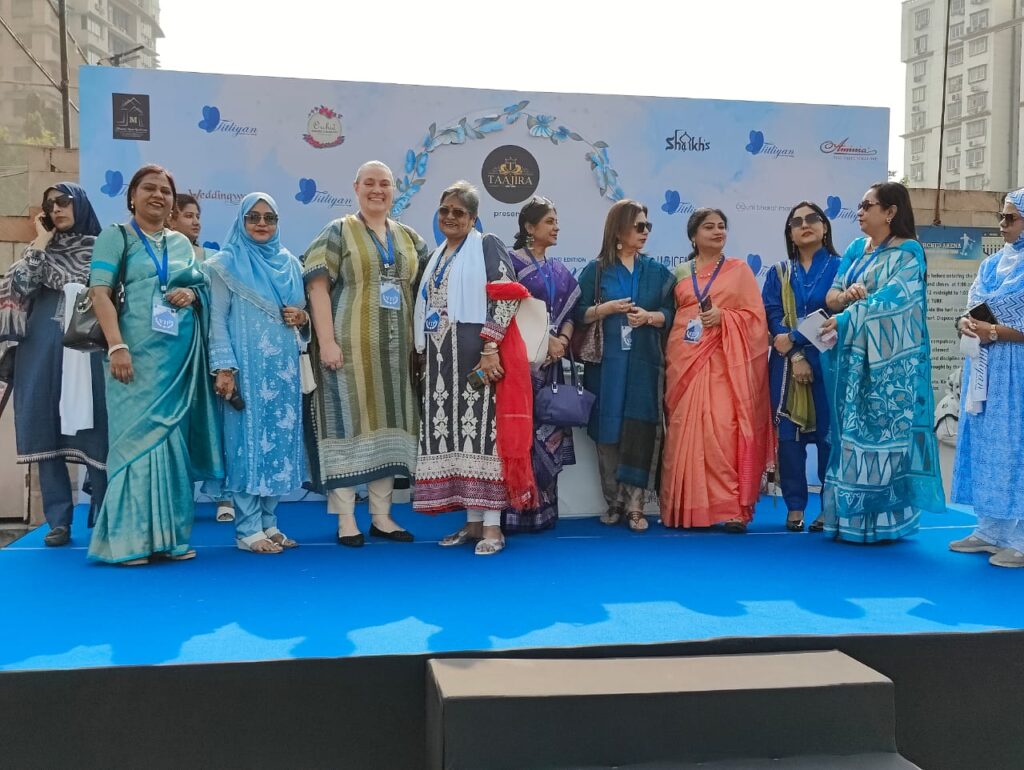
Speaking to Awaz-The Voice, she recounts one of Taajira’s inspiring stories, “One incident shook me. One day, a girl reached out to us on Facebook. She was a victim of domestic violence and in a state of shambles. As I shared this with some of the administrators in our group “Taajira-The Businesswoman”, having now reached over 32,000 members, I was hesitant to approve her post publically. Some of the legal advocates said she needed immediate legal help. While that was right, I said that she presently needed strong emotional support, because she would have to pay a lawyer if she went the legal way.
“We decided to reach out to her and we reached her home and counseling made the husband realize his mistake. I finally approved her Facebook post and I was stunned to find a rush of support for this girl from hundreds of other women with similar stories. This was a big eye-opener to me that domestic violence is a huge unspoken issue in many homes. Most of the women do not know their legal rights and continue to live in abusive situations for years, incapacitating their ability to even work.
“After this incident, Anuradha Kapoor who founded Swayam, a feminist organisation dedicated to advancing women’s rights did an online talk on Taajira’s Facebook group which was a great success. The happy end of this girl’s story is through Taajira, she got into a flourishing resin art business and her husband changed realizing his failings, and supports her now, and she is a transformed woman – what a miracle!”
I asked her who her greatest inspiration to start Taajira was, she replied, “Way back then in my college days, Noor Jahan Shakil, President, of All Bengal Muslim Women’s Association used to take me along with her on her outreaches to the slums of Kolkata which jolted me out of my comfort zone. I suddenly realized there was a big world out there where millions were still suffering and living in deplorable unhygienic conditions. She had two centers – one for vocational training, tailoring, and fashion designing, actively involved with Muslim women, bringing them out of the four walls of their homes into the world, and teaching them about hygiene and health. I still connect with them helping them to create events.
“Noor Jahan Shakil is an amazing lady, now way beyond 90 years, still very agile and interested in what we are doing, coming forth with suggestions and it was her life that inspired me to think beyond the limitations of my home.”
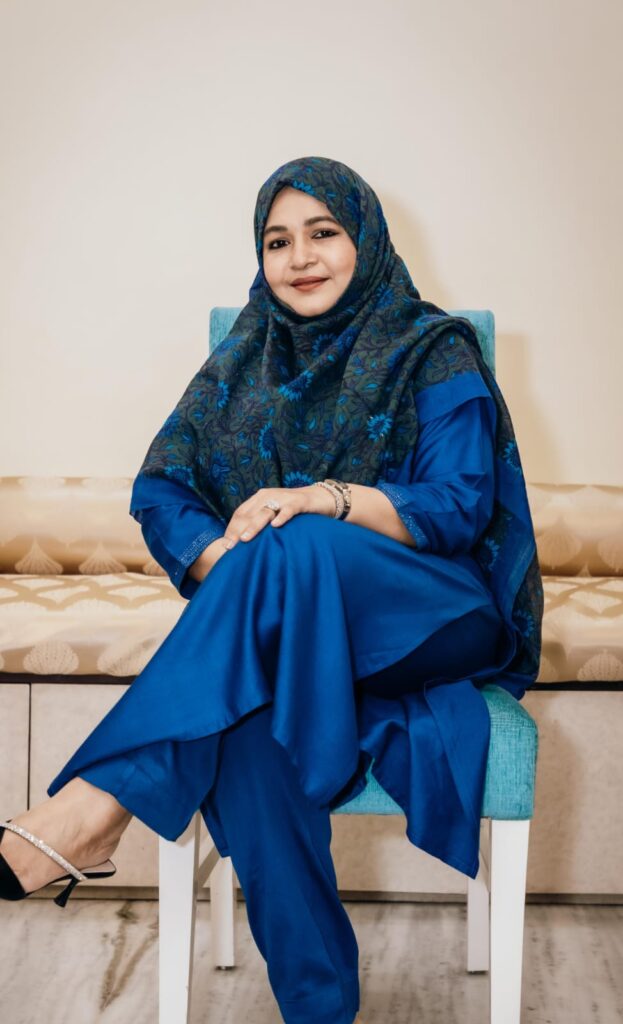
The story of the inception of Taajira was set in 2019 when Rukhshi Kadiri Elias found herself being added to many WhatsApp groups all seeking some sort of sense of identity apart from their homes. It was at that point that Rukhshi said, “Instead of adding me to different WhatsApp groups, let us get together on one platform, let’s set up a Facebook group.” The group aimed to help women set up businesses that networked together because the seller is also the consumer, so in some way, they all needed each other. The biggest challenge of this group was getting women, who were not tech-savvy to learn to use social media and basic skills.
Their first meetings started in Rukhshi’s home, later, went on to be hosted in their newly formed restaurant, and later, also others offered their halls.
There was a conglomeration of all kinds of women from different strata of society with different needs, from restaurant owners to maids.
There are two groups in Taajira, one group is an elite group who made brand names for themselves through Taajira, and the other group is the economically deprived.
The Elite group helps the economically weaker women with startups, not with money but with goods to the other group to help launch their businesses and out of the profits of the retail rates, they pay back the elite group only at the wholesale rates so that they make a large marginal profit.
There are also intense training programs at the Tajara Elite Club where makeup artists, teams, stylists, bridal packages, ladies who make their organic herbal products, sari drapers, henna designers, masseurs, seamstresses, and even taught driving, grooming, polishing, and other crafts.
At their monthly meet, they pair up, and here the weaker women are imparted skills. During the pandemic, garments were sold online, but they now have their showrooms and stores, so the elite group needed salesgirls, managers, accountants, chefs, and other staff.
She said,”50% of our staff from our restaurant Shaikh’s is from Taajira. While we started as a group to financially empower women, even men were getting jobs. Husbands, sons, and brothers as chauffeurs, chefs, cooks, and other such help so the entire family gets help.”
She said, “We have a legal panel with lawyers and advocates, another panel for counselling for those who need emotional help, doctors who help women with their illnesses, lady police officers who help women with their paperwork, food licenses, and advice.
We have a marvelous doctor who runs The Soul Clinic, Dr. Shabtab Elahi who unlocks the healing power of yoga, with her set of yoga trainers, and focuses on weight loss.
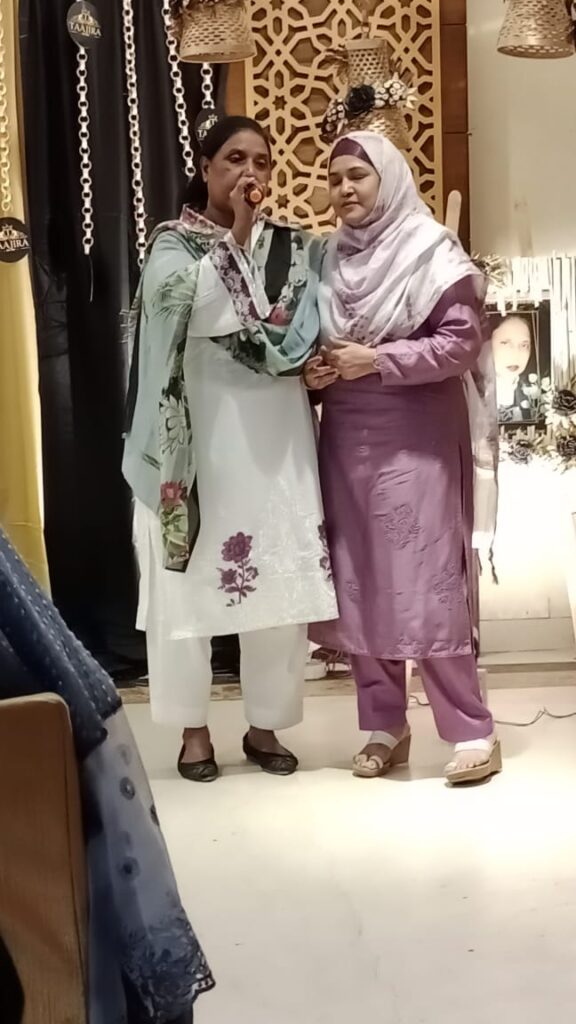
Taajira members from the Wellness Center hold nutritious tea parties with healthy snacks. The focus on hygiene, health, mental well-being, and financial stability is a big boost to Taajira’s growth because we are not just a workforce but a caring community and like a large family with a very personal touch.”
Mysteriously, as Taajira was established in 2019, it seemed a divinely appointed timing as they helped hundreds of families during COVID-panic-driven days in 2020 and beyond to tide through this rough season and come across safely. She says that Taajira was the only online portal open those days for help to the public. Food was the biggest need during COVID-19, and home-cooked food was delivered directly to homes. Since there was no bread in the markets, the ladies in Taajira started baking bread, making thalis (meals) supplying the ones trapped at home and without food.
In one instance, a member of Taajira from the UAE send an SOS message to Taajira to reach out to her septuagenarian parents stranded without food. The Taajira chef delivered food for free until a maid could look after them. Incredibly, the Taajira team delivered not only food, but also medicines, and other assistance to families, and college students were given money and food. In this great season of caring, Taajira grew to be a more community-focused and family-hearted organization.
Taajira’s recent big venture was Titliyan, an annual big exhibition, held once a year, with 111 stalls in the year 2022 and 175 stalls in 2023 and close to 10,000 people visited it.
Rukhshi said with a note of pride that many exhibition curators are now getting their ideas drawn from Taajira members getting 90% of their income through their wares in these exhibitions. She said, “I am, after this appointment on my way to an exhibition in Khidirpur.”
Rukhshi’s journey to create Taajira also required her supportive family, husband, and two sons, who incidentally are great sportsmen, swimmers, footballers, and hockey players, and her wonderful daughter-in-law. She proudly shares the addition of her grandson to the home, now six months old whom she is very involved in taking care of while her daughter-in-law, who is a counsellor in Loreto, goes to school.
All family members proudly pat each other’s backs for their accomplishments. Their recent achievement was their famous restaurant, Shaikh’s, a 42-seater lavish but affordable restaurant launched three years back by her sons, with its cutting-edge culinary excellence seated in the Park Circus area in Beckbagan, near Quest Mall, famed for its aromatic rich Indian, Middle Eastern flavors drawing flocks of people.
As a graduate of Fine Arts and a diploma holder in fashion design, she honed her skills to help the processing of Taajira smoothly. Rukhshi says that the journey to making Taajira a reality has only been possible with the assistance and dedication of her panel of moderators, such as Zainab Saigal, Shumaila Khalid, Ifra Nadeem, Sujata Latif, and Sumaiya Munir applauding the strength of networking together. She said, “We have a strength of 33000 women, now, so we need at least six women to herd them!”
An encouraging moment arrived when the globally connected Calcutta University asked Taajira to suggest a few names of their women to train guide and support them technically. These ladies were picked up and it was a good venture of collaboration to bring profit to both.
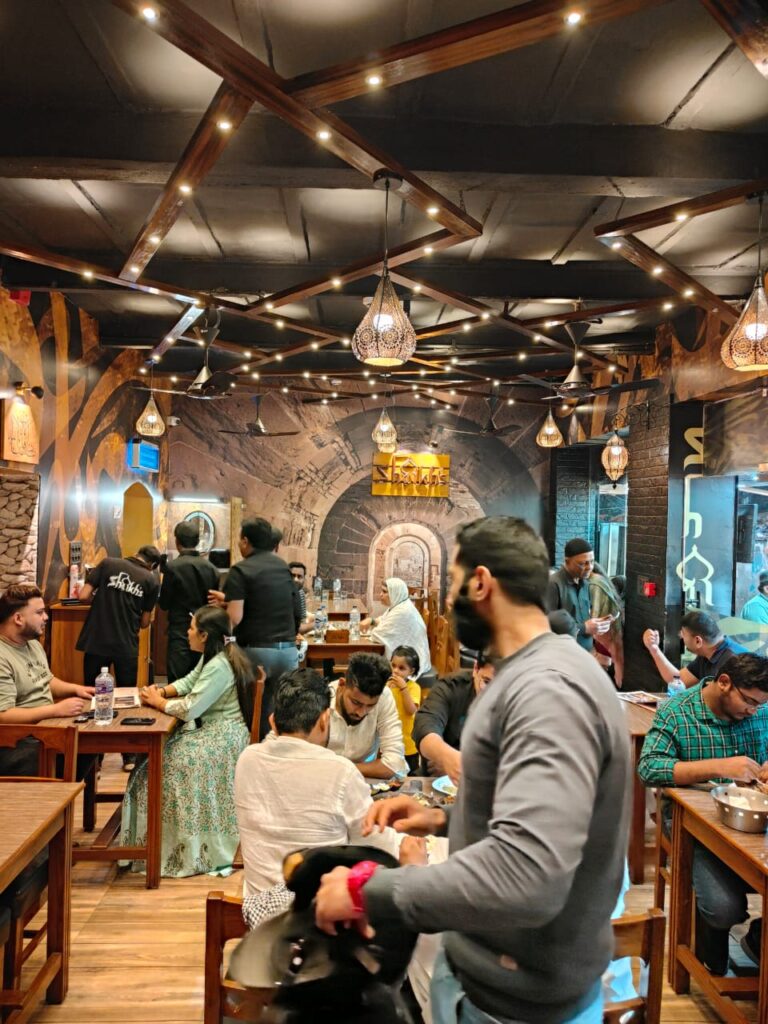
On another occasion, a lady who makes chocolates got a huge order from the American Consulate to supply them with 500 boxes of chocolates during Christmas, another lady got a massive order for jute bags and a lady who makes momos and other delicious nutritious snacks now gets regular orders from The American Consulate, business avenues that transformed their incomes and lives.
Recounting one amusing incident, Rukhshi said, “One day, I received a call from a lady announcing that she wanted to work on an online business, but she was not tech savvy. The lady also mentioned that due to her arthritis and other problems, she was unable to work outdoors but needed the money to maintain herself and pay for her medicines. After giving her some ideas, I asked her, “Ma’am, how old are you?” and she replied brightly, “I’m only 73!” I visited her and got her in touch with an Anglo-Indian seamstress who used to stitch nighties, so the lady was able to get into an online trading business and sell nighties to meet her financial needs.”
While membership to Tajeera is free, there is a fee to join the talk shows. She mentioned that there are women who broke away from Tajeera and started their businesses for their reasons, but this was never the aim of Taajira whose power lay in massive networking to support thousands to lakhs together. She said, “Everything is changing fast. Eating habits changed where people now are more into fast foods, apparels changed from saris to most women now in jeans and kurtis, society is transforming quickly.”
She said, “In a strange twist of fates, the men who once mocked the efforts of Tajeera exclaiming it was a taboo for their women to work outside the home are now accepting women working outdoors, and even standing alongside and helping them, and some are even staying at home and looking after the children while their wives are out selling their wares at grand exhibitions,, isn’t it incredible! Things have changed so much in just a few years. Each day, we are moving towards a brighter light and now society is changing so much that when women don’t work, people ask, “How come you’re not working?”
She said emphatically, “Taajira has two ideologies – to help the poor and to economically empower women and we are starting to network a revolution!”
The day is too short for her and she said, “I still have not arrived, we are still on the way, one target is related to another and then it opens another dimension.”
Rita Farhat Mukand is an independent writer.
source: http://www.awazthevoice.in / Awaz, The Voice / Home> Story / by Rita Farhat Mukund / February 24th, 2024
)
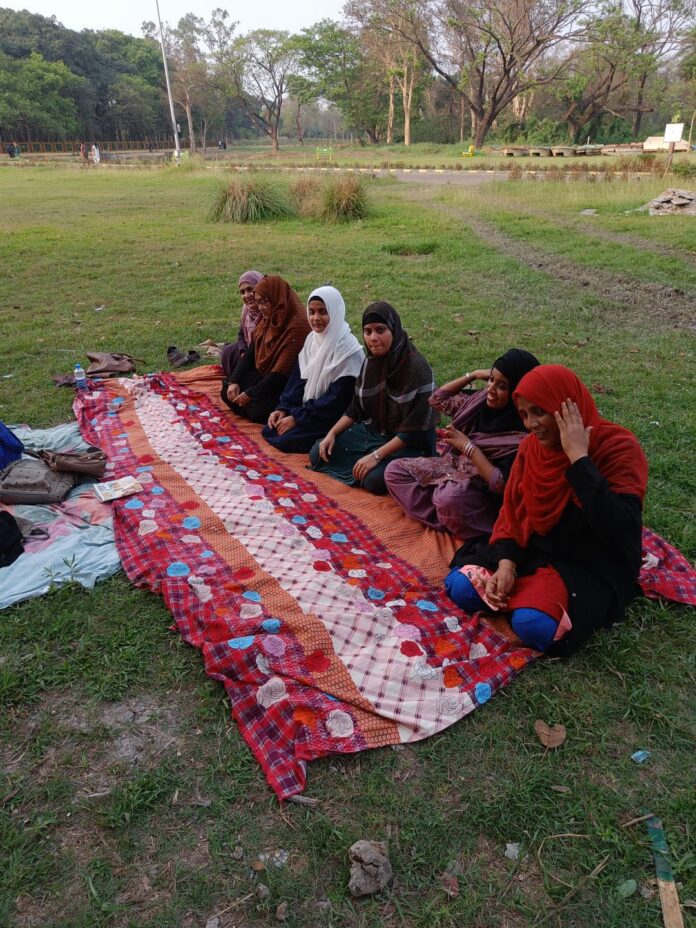
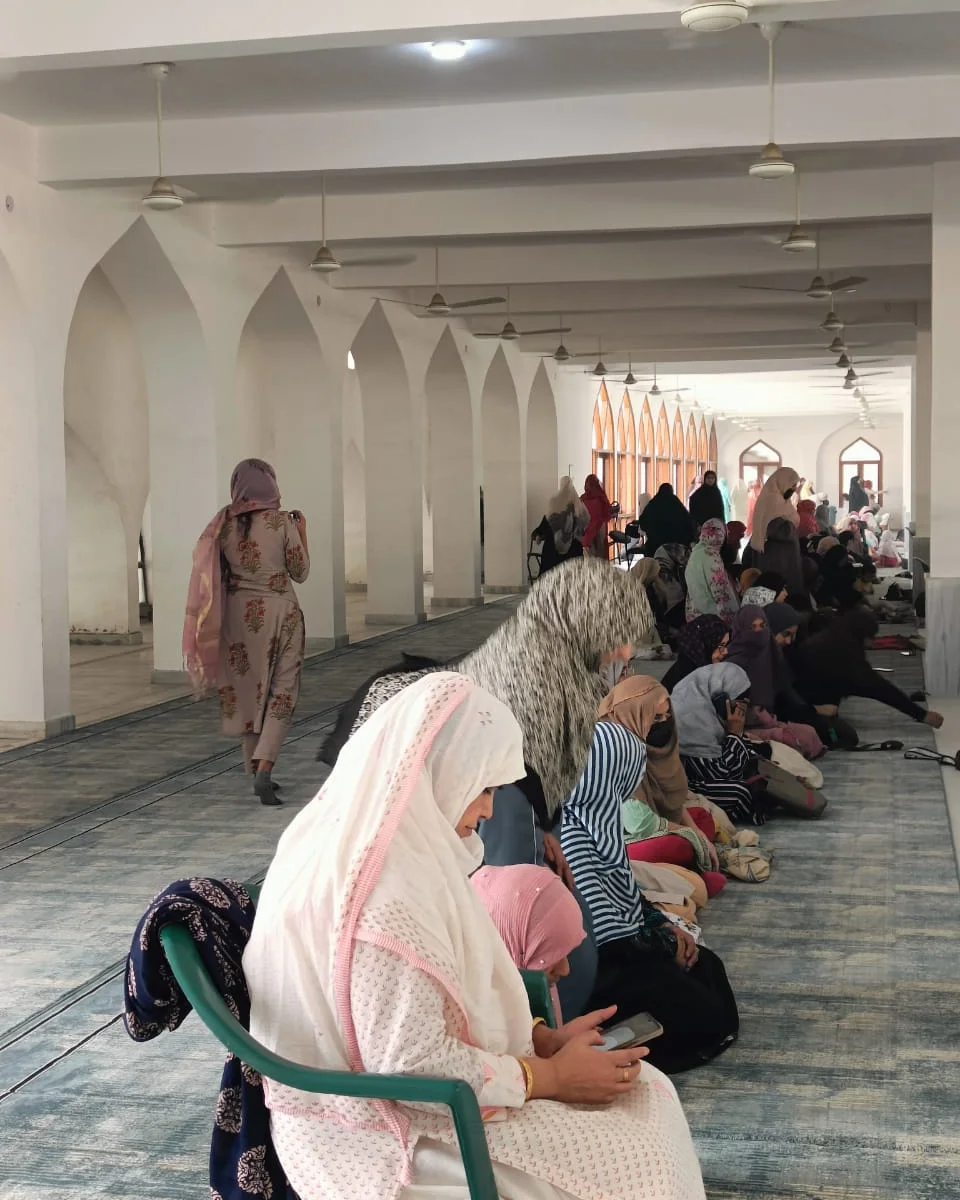
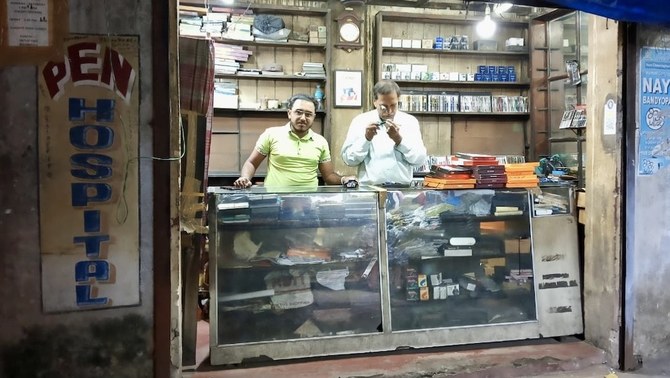
:quality(70)/cloudfront-eu-central-1.images.arcpublishing.com/thenational/6SURHLI3U5GFHIKZAHWPTRSI7Y.jpg)
:quality(70)/cloudfront-eu-central-1.images.arcpublishing.com/thenational/NMJCTTFTNFA4LG63XQWZD3FJZM.jpg)
:quality(70)/cloudfront-eu-central-1.images.arcpublishing.com/thenational/KIUTISW4DFCIJIZZWPSWFNBO7M.jpg)
:quality(70)/cloudfront-eu-central-1.images.arcpublishing.com/thenational/WK4SP6572FDITEWC3ZFRW4BJMQ.jpg)
:quality(70)/cloudfront-eu-central-1.images.arcpublishing.com/thenational/FQN33UZUQBBHFFOMZBUUHNUZRE.jpg)
:quality(70)/cloudfront-eu-central-1.images.arcpublishing.com/thenational/TQMPVWCPANB3TBZO3ZLBNJDYLY.jpg)
:quality(70)/cloudfront-eu-central-1.images.arcpublishing.com/thenational/XEMAS2AQCRCHHJFMFYRWXRCFSE.jpg)
:quality(70)/cloudfront-eu-central-1.images.arcpublishing.com/thenational/MZL6F5Q2ZZCWFCI5VHCGX3SYH4.jpg)
:quality(70)/cloudfront-eu-central-1.images.arcpublishing.com/thenational/PUNDIPNOZFDMBOW2RXK5I7E6LY.jpg)
:quality(70)/cloudfront-eu-central-1.images.arcpublishing.com/thenational/VSAVCCM56RGUPC7CH7QPSPAOIU.jpg)
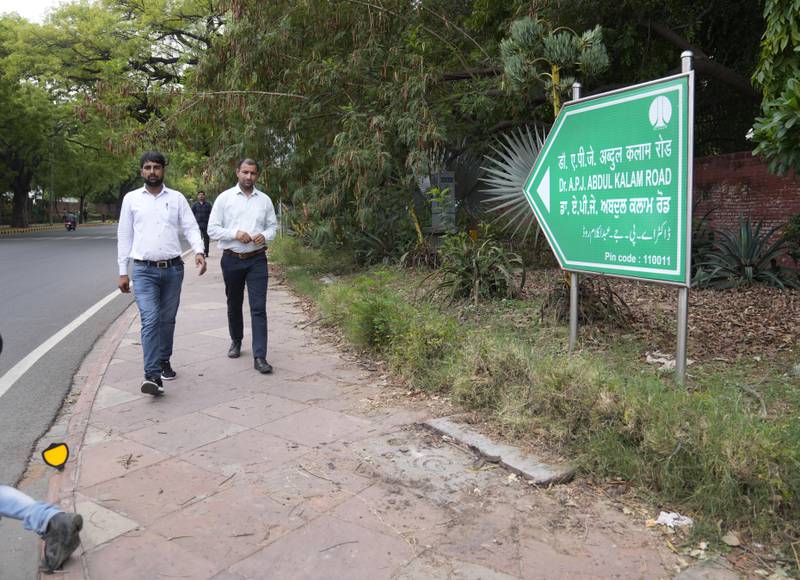
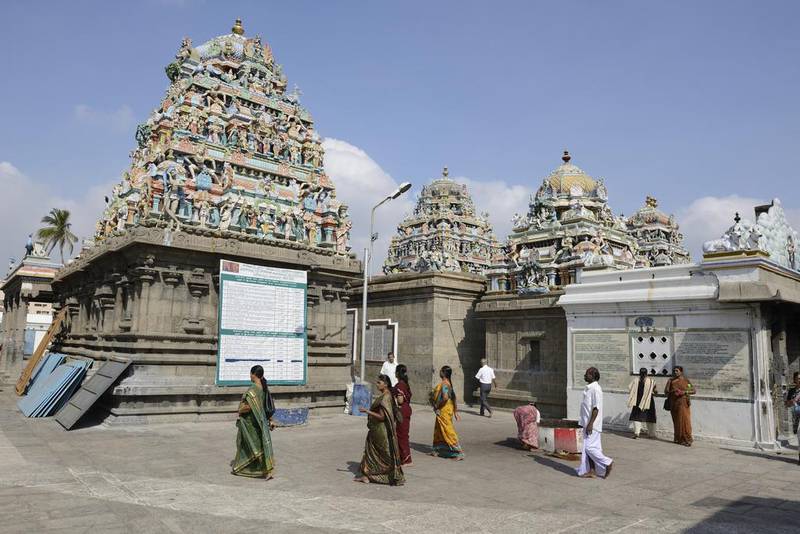
:quality(70)/cloudfront-eu-central-1.images.arcpublishing.com/thenational/DK66JSEL3NH63PKODJVBAKGCEU.jpg)
